Play it Safe: Make Your Own Baking Powder!
Are you aware that you can make your own baking powder? I wasn’t. Turns out, though, it’s such a quick and easy thing to do.
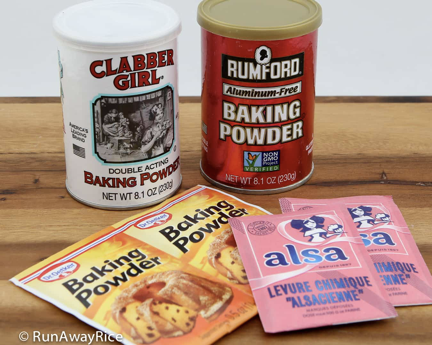
Why would you want to make your own baking powder, you ask? The short answer is that you’re assured it’s fresh (therefore capable of doing its job), when you make your own. Savvy and picky chefs advocate making fresh baking powder (only in amounts a recipe is calling for at the time).
They practice this habit because they know baking powder doesn’t last forever. Because it's sensitive to moisture and humidity, it generally has a shelf life of between six months to one year, maximum.
If yours has been around longer than that, you might want to test it to see if it’s still active. To do this, just spoon 1/2 teaspoon in a bowl and pour 1/4 cup boiling water over it. RIGHT AWAY it should bubble up violently. Bubbles, lots of bubbles, that’s what you’re after.
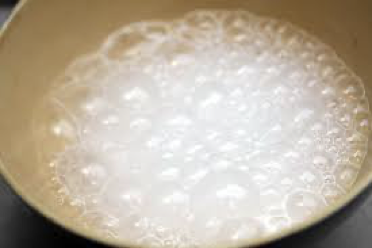
Another good reason to know how to make your own baking powder is so you can cope when you run out of it. Being able to make your own means you don’t need to run to the neighbor’s or the store if you’re in the middle of a recipe.
If this idea interests you, here’s the standard home recipe for making the equivalent of 1 teaspoon of commercial baking powder:
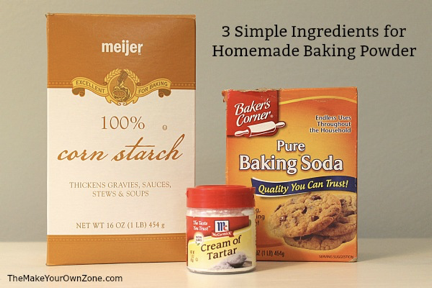
1/2 teaspoon cream of tartar
1/4 teaspoon baking soda
1/4 teaspoon cornstarch (add cornstarch if intending to make enough to store)
Directions:
Add Recipe to Cook'n
The reason cornstarch is added to the recipe is because it absorbs moisture in the air and therefore prevents a premature chemical reaction between the acid and alkali.
It’s important to know that when adding homemade baking powder to your recipe, you need to work QUICKLY. This is because carbon dioxide is rapidly released, and at a lower temperature than is the case with the commercial double-acting powders.
And there’s something else to know about baking powders. Its potency is somewhat fragile. Each time the cannister is opened, moist kitchen air lowers the potency. It doesn’t take too many openings and before you know it, your baking powder becomes less and less effective.
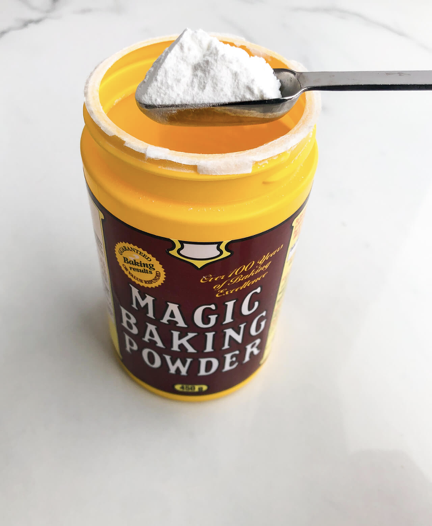
To know for sure that you’ve got the potency you need for what you’re baking, professional bakers suggest you always test it before using it, by mixing a small amount into a little water. You’ll know there’s enough potency if it bubbles up quickly. And again, bubbles, lots of bubbles, that’s what you’re after. The simple truth is, if the chemical reaction is weak or doesn’t occur, your baking powder will not properly raise whatever you’re planning to bake.
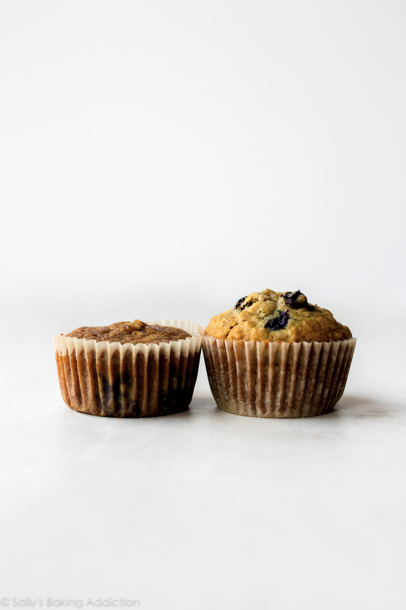
One more piece of baking powder information: You’ll notice in times past that when I’ve included a recipe that called for baking powder, I always stipulated a non-aluminum type, such as Rumford’s. There’s just too much evidence out now to ignore the aluminum-Alzheimer’s connection. Rumford’s is one brand (that’s easily available) that doesn’t contain aluminum, so that’s the one you want to start using.
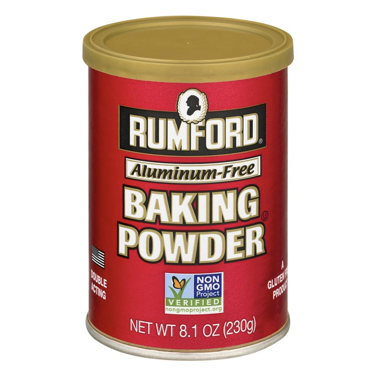

Why would you want to make your own baking powder, you ask? The short answer is that you’re assured it’s fresh (therefore capable of doing its job), when you make your own. Savvy and picky chefs advocate making fresh baking powder (only in amounts a recipe is calling for at the time).
They practice this habit because they know baking powder doesn’t last forever. Because it's sensitive to moisture and humidity, it generally has a shelf life of between six months to one year, maximum.
If yours has been around longer than that, you might want to test it to see if it’s still active. To do this, just spoon 1/2 teaspoon in a bowl and pour 1/4 cup boiling water over it. RIGHT AWAY it should bubble up violently. Bubbles, lots of bubbles, that’s what you’re after.

Another good reason to know how to make your own baking powder is so you can cope when you run out of it. Being able to make your own means you don’t need to run to the neighbor’s or the store if you’re in the middle of a recipe.
If this idea interests you, here’s the standard home recipe for making the equivalent of 1 teaspoon of commercial baking powder:

Homemade Baking Powder
Yield: 1 teaspoon
Serving size: 1
Calories per serving: 3.333
Ingredients:
Serving size: 1
Calories per serving: 3.333
1/2 teaspoon cream of tartar
1/4 teaspoon baking soda
1/4 teaspoon cornstarch (add cornstarch if intending to make enough to store)
Directions:
Mix all ingredients well and place in an airtight container if storing.
Recipe formatted with the Cook'n Recipe Software from DVO Enterprises.
The reason cornstarch is added to the recipe is because it absorbs moisture in the air and therefore prevents a premature chemical reaction between the acid and alkali.
It’s important to know that when adding homemade baking powder to your recipe, you need to work QUICKLY. This is because carbon dioxide is rapidly released, and at a lower temperature than is the case with the commercial double-acting powders.
And there’s something else to know about baking powders. Its potency is somewhat fragile. Each time the cannister is opened, moist kitchen air lowers the potency. It doesn’t take too many openings and before you know it, your baking powder becomes less and less effective.

To know for sure that you’ve got the potency you need for what you’re baking, professional bakers suggest you always test it before using it, by mixing a small amount into a little water. You’ll know there’s enough potency if it bubbles up quickly. And again, bubbles, lots of bubbles, that’s what you’re after. The simple truth is, if the chemical reaction is weak or doesn’t occur, your baking powder will not properly raise whatever you’re planning to bake.

One more piece of baking powder information: You’ll notice in times past that when I’ve included a recipe that called for baking powder, I always stipulated a non-aluminum type, such as Rumford’s. There’s just too much evidence out now to ignore the aluminum-Alzheimer’s connection. Rumford’s is one brand (that’s easily available) that doesn’t contain aluminum, so that’s the one you want to start using.

Sources:
www.runawayrice.com
www.davidlebovitz.com
www.themakeyourownzone.com
www.kitchenhealssoul.com
www.sallysbakingaddiction.com
 Alice Osborne
Alice Osborne
Weekly Newsletter Contributor since 2006
Email the author! alice@dvo.com
